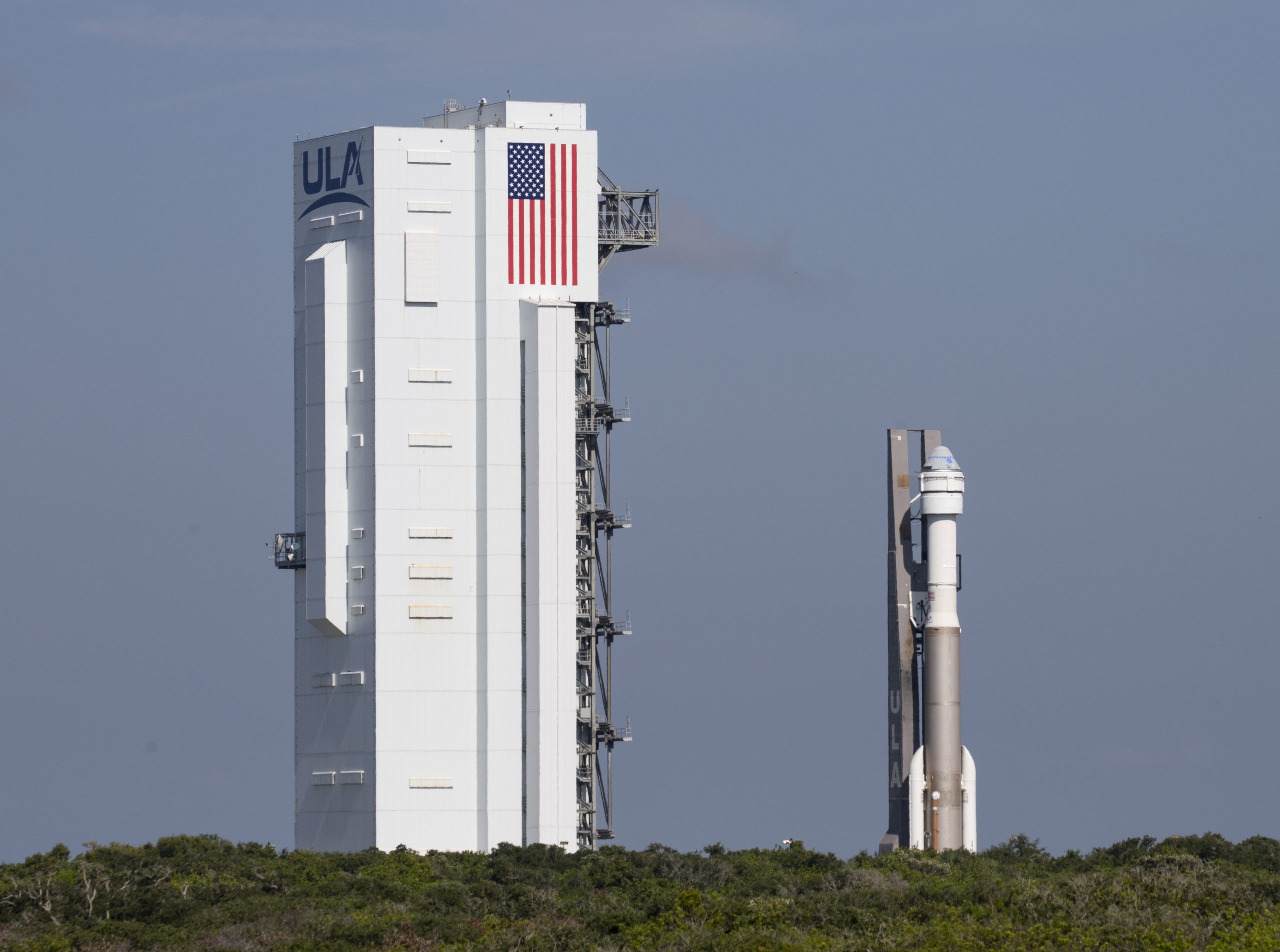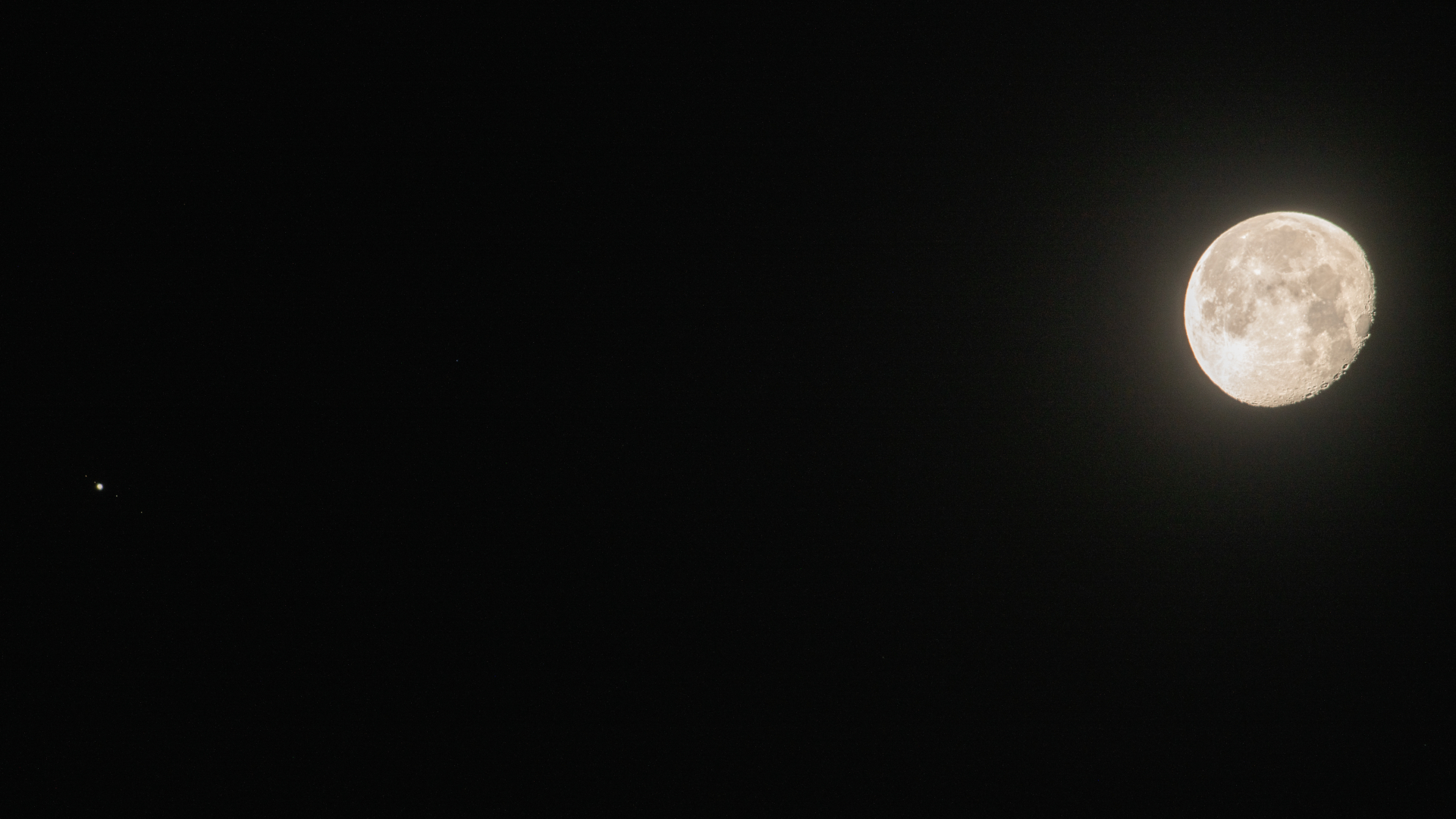Boeing's Starliner heads back to hangar after valve issue thwarts test launch for NASA
Starliner has visited its launch pad twice now without being able to launch.

Editor's note: By 2:30 p.m. EDT (1830 GMT), the rollback was complete. This story has been updated to include a photo of the rocket and capsule on its way back inside.
Boeing's Starliner capsule will trudge back inside for more checks after skipping a Tuesday launch attempt when indications suggested a problem with a valve in the vehicle's propulsion system.
Ground teams will roll the United Launch Alliance Atlas V rocket back into the Vertical Integration Facility at Launch Complex-41 at Cape Canaveral Space Force Station in Florida on Thursday (Aug. 5), NASA confirmed in a statement. The move allows engineers to directly access the Starliner capsule, which officials hope will help them track down the elusive valve issue.
"The team is steadfast in its commitment to identify root cause and determine next steps," John Vollmer, vice president and program manager of Boeing's Commercial Crew Program, said in a company statement. "Developing solutions in a disciplined manner and letting the data drive our planning is critical and the team is working to ensure our spacecraft flies when ready."
Related: Boeing's Starliner OFT-2 mission explained
More: Boeing Starliner Orbital Flight Test 2: Live updates
The rocket already made the slow trek from the launch pad to the Vertical Integration Facility on Friday (July 30). Starliner had been targeting launch that day on its crucial Orbital Test Flight 2 (OFT-2) mission to the International Space Station. But the day before launch, and just hours after Starliner had arrived at the launch pad, mission teams delayed the mission until Tuesday (Aug. 3). Given the gap between launch opportunities and threatening weather, Starliner went inside for shelter.
That launch delay came in response to upheaval on the space station. Russia's long-awaited science module Nauka had arrived at the orbiting laboratory earlier in the day on July 29. After docking, a software error improperly fired the module's thrusters, sending the station twisting through space. NASA and its Russian counterpart, Roscosmos, settled the complex within 45 minutes, but the agency decided it would be wise not to immediately send another new vehicle until the station had time to calm down from the excitement.
Breaking space news, the latest updates on rocket launches, skywatching events and more!
The next available launch opportunity for the mission wasn't until Tuesday afternoon. But more than two hours before the scheduled blast-off, officials announced that the team was standing down from the attempt because of "unexpected valve position indications" in Starliner's propulsion system.
Checks and troubleshooting on the pad throughout Tuesday and into Wednesday (Aug. 4) couldn't resolve the issue, hence today's glum roll back to the Vertical Integration Facility.
"The Boeing and NASA teams are working methodically to understand what caused the valve indications on the Starliner service module propulsion system," Steve Stich, manager of the Commercial Crew Program, said in the agency's statement. "The troubleshooting in the Vertical Integration Facility will help focus on potential causes and next steps before we fly the OFT-2 mission."
NASA is waiting to announce a new target launch date for the mission until Boeing has a better idea of what is causing the troubling indicator. However, Starliner will need to slip into a crowded schedule for the International Space Station, which is looking at a busy few months.
Next week, Northrop Grumman will launch a cargo shipment to the orbiting laboratory; later this month, SpaceX will follow with its own supply run. In September, Russian cosmonauts Oleg Novitsky and Pyotr Dubrov will commence a series of up to 11 spacewalks to finish setting up the Nauka module, and in October, both Russia and SpaceX will launch crewed missions to the orbiting laboratory.
Email Meghan Bartels at mbartels@space.com or follow her on Twitter @meghanbartels. Follow us on Twitter @Spacedotcom and on Facebook.

Meghan is a senior writer at Space.com and has more than five years' experience as a science journalist based in New York City. She joined Space.com in July 2018, with previous writing published in outlets including Newsweek and Audubon. Meghan earned an MA in science journalism from New York University and a BA in classics from Georgetown University, and in her free time she enjoys reading and visiting museums. Follow her on Twitter at @meghanbartels.

